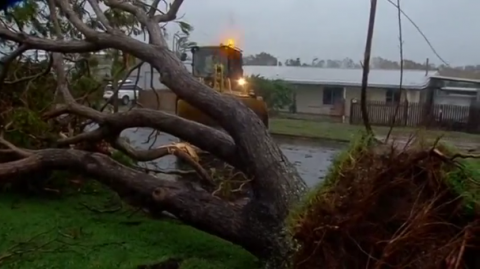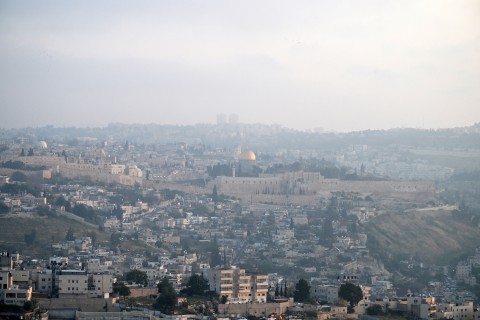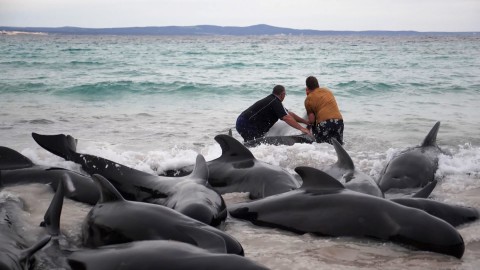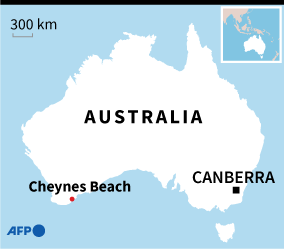

SYDNEY, Australia (Reuters) — Australia’s army and emergency workers headed to areas hardest-hit by Cyclone Debbie on Wednesday (March 29), finding roads blocked by fallen trees, sugarcane fields flattened and widespread damage in coastal towns. No deaths were reported.
Debbie ripped a trail of destruction through northeast Australia on Tuesday (March 28) as a category four storm, one rung below the most dangerous wind speed level, before being gradually downgraded through the night to a tropical low.
Thousands of people took shelter as tourist resorts along the world-famous Great Barrier Reef and mainland coastal areas were belted with wind gusts stronger than 260 km per hour (160 mph), and woke to streets filled with debris.
Queensland state premier Annastacia Palaszczuk said the worst-hit area is the Whitsunday coast and islands, some 900 km (560 miles) northwest of the Queensland capital, Brisbane, where the cyclone made landfall.
At Bowen and Airlie Beach fences and sheds were blown away with emergency services bringing in bulldozers to clear the streets of tree debris.





